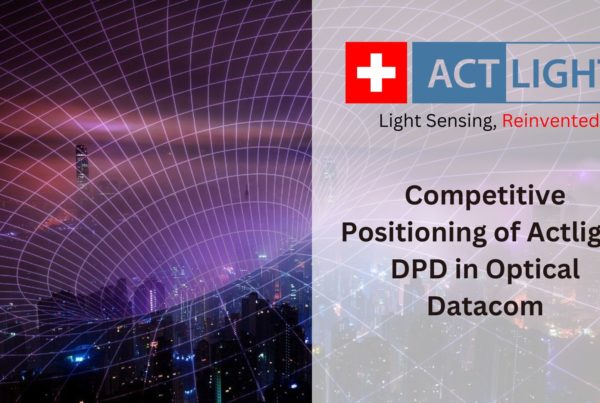Why is There Growing Demand for PPG Sensors?
Wearable technology is no longer limited to fitness tracking. Devices like smartwatches and fitness trackers have evolved into essential health monitoring tools. Photoplethysmography (PPG) sensors play a pivotal role in tracking vital signs such as heart rate, blood oxygen saturation (SpO2), and respiratory rates. The demand for PPG sensors surged after the COVID-19 pandemic, as consumers began prioritizing their health and well-being. According to a 2021 report by Markets And Markets, the global market for health-focused wearables is set to grow from $40.7 billion in 2023 to $69.2 billion by 2028, driven by the need for continuous health monitoring and wellness management.
Wearable devices have become indispensable, enabling individuals to monitor chronic conditions, sleep patterns, and fitness levels. This increased reliance on wearables is expected to continue as devices become more integrated into healthcare systems, allowing for remote patient monitoring and preventive care.
What Will Future Demand Look Like?
The demand for wearables equipped with PPG sensors is expected to keep growing—especially in the healthcare market. These wearables are playing an ever-increasing role in remote patient monitoring (RPM), where doctors track patients’ health remotely. The convenience offered by RPM not only reduces the strain on healthcare systems but also allows patients to receive personaliSed care from the comfort of their homes.
Beyond healthcare, the consumer market for wearables is expanding, with companies racing to develop smaller, more efficient devices. Future wearable devices will likely integrate multiple health sensors, providing consumers with comprehensive health insights in a discreet and non-invasive manner.
Who is Interested in Buying Wearables with PPG Sensors?
Initially, wearables were mainly adopted by fitness enthusiasts, but their appeal has broadened to include health-conscious consumers managing chronic conditions like hypertension or diabetes. Healthcare providers and insurers are also investing in wearables to enable remote monitoring and improve patient outcomes. Additionally, enterprises are adopting wearable tech for workplace wellness programs, using biometric data to monitor employee health, reduce stress, and promote overall well-being.
Challenges of Traditional PPG Sensors
PPG sensors are crucial for biometric monitoring, but traditional photodiodes that power these sensors often struggle with certain limitations. They frequently require external amplification to handle weak signals from light reflection, which adds power consumption and signal noise—both of which hinder their effectiveness, particularly in smaller, battery-powered wearables. These challenges are particularly problematic in low-light conditions or when users have darker skin tones.
ActLight’s Dynamic PhotoDetector (DPD): A Solution
At ActLight, we believe the future lies in more efficient and precise solutions for light sensing in wearables. Our Dynamic PhotoDetector (DPD) technology offers a new way to operate PPG sensors by measuring delay times instead of relying on weak photocurrents. This dynamic approach provides superior signal-to-noise ratios without needing analog amplification, significantly reducing power consumption.
Traditional photodiodes typically consume more power as they require external amplifiers to handle the small signal from light reflection off human skin. This becomes problematic in devices that aim for compactness and longer battery life. In contrast, ActLight’s DPD, which operates at a low voltage (around 1V), addresses these challenges effectively. It enables continuous and reliable health monitoring without draining the battery, making it ideal for wearables that prioritiSe compactness and usability.

The Future of Wearable Technology
As demand for health-focused wearables continues to rise, innovation in sensor technology will be key to maintaining efficiency, accuracy, and usability. At ActLight, our ongoing research at the CMi Research Centre focuses on refining the sensitivity and efficiency of our DPD technology, preparing it to meet the future demands of wearable technology. We believe our technology has the potential to significantly reduce the power consumption and size of wearables, enabling longer battery life without compromising on precision.
Our DPD technology offers a way to enhance the signal-to-noise ratio (SNR), improve battery performance, and simplify integration into compact wearables like smart rings and smartwatches.
Conclusion
The growing demand for PPG sensors in wearable devices shows no signs of slowing down. As wearables evolve to become more integral to healthcare, fitness, and wellness, the technology inside them must keep pace. At ActLight, we are developing the next generation of light sensing solutions that can help meet this growing demand for smaller, more efficient, and longer-lasting wearables. Interested in to learn more?
Learn more about our technology
For more information on our Dynamic PhotoDetector and how it may help your devices, visit our technology page or reach out to our CCO, Roberto Magnifico directly.






